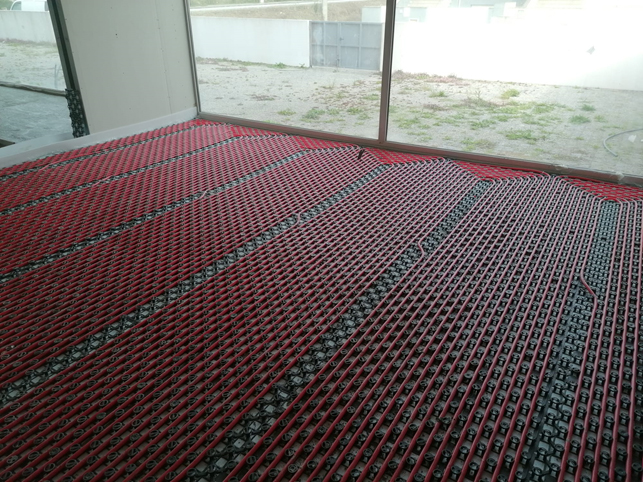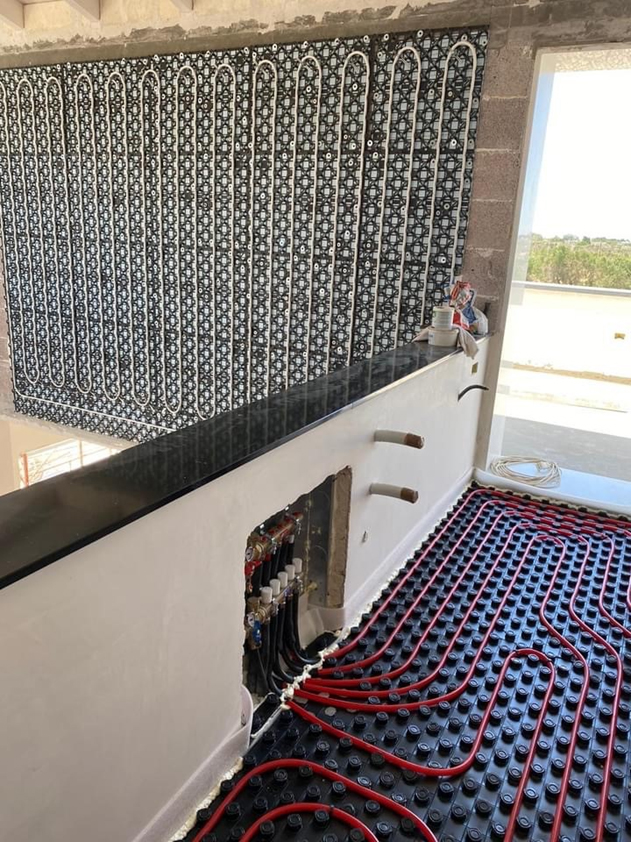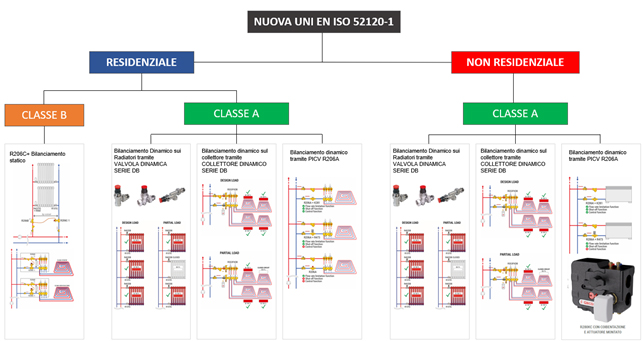PhD Cristina Becchio, PhD Carola Lingua - Politecnico di Torino
Engineer Alberto Montibelli - Giacomini S.p.A.
The recently approved EPBD Directive aims at improving living comfort and reducing the carbon footprint on a global scale. This includes using sustainable technologies and renewable sources in energy-efficient systems for residential and non-residential heating and cooling installations.
The EPBD Directive and the energy upgrading of the existing building stock
The recently approved EU Directive IV recast on energy efficiency of buildings, known as Energy Performance of Buildings Directive (EPBD), aims at cutting down energy consumptions and greenhouse gas emissions of the building sector by 2030 and achieving climatic neutrality by 2050 [1]. The long procedure to adopt such directive, also known as Green Homes Directive, started on March 14, 2023, with the approval of its first draft. The negotiations between the European Parliament, the European Council and the European Commission ended on December 7 with the last Trilogue that led to approval of the revised draft. The latter was also confirmed on January 15, 2024, by the ITRE Commission (Commission for Industry, Research and Energy) and it was finally adopted in April 2024.
The Green Homes Directive zeroes in on upgrading the existing building stock to reduce the carbon footprint of the European area. In fact, more than 220 million estate units (equal to 85% of the European building stock) were built before 2001, and 85-95% of the most recent ones will still be used in 2050 [2].
Plus, 75% of the existing buildings is currently inefficient from an energy standpoint[1]. Natural gas represents approximately 39% of the energy consumptions required to heat residential units[1]. For such reason, reduction of the energy consumptions and exploitation of renewable sources are essential actions to curb EU greenhouse gas emissions, energy poverty and energy dependence on fossil fuels.
Clearly, the EU reinforced ambition in terms of climate and energy calls for a brand new vision of the building sector. In this context, the Green Homes Directive introduces the concept of zero-emission buildings (ZEBs), which feature an extremely low energy demand, no on-site carbon emissions from fossil fuels and no greenhouse gas emissions, or at any rate very low ones. Moreover, by 2030 all new buildings will have to produce zero emissions, and the same shall apply to the entire EU building stock by 2050. And again, with a focus on the existing building stock, non-residential buildings shall meet the following criteria:
- The maximum limits of energy efficiency must be set according to the values of the industry for energy performance, established on January 1, 2020;
- The minimum energy performance rate must be calculated based on the values of the national building stock, which shall be at least 16% lower than the current one (2023) and 26% lower for 2033.
The criteria that existing residential buildings must comply to can be summarized in three key points:
- Definition of an upgrading strategy for the residential building stock, with objectives for 2030, 2040 and 2050, in order to fully transform current buildings into ZEBs;
- Guaranteeing at least a 16% primary energy reduction by 2030 compared to the values of 2020, and 20-22% by 2035;
- Guaranteeing at least a 55% primary energy reduction by upgrading the most energy-consuming building stock.
In such context, cost-optimal analyses represent the ideal methodological approach to meet minimum requirements for energy performance to renovate existing buildings and single building components. This type of analysis combines the energy factor with financial aspects (in terms of investment and energy costs) to identify the most suitable solution among the various retrofitting scenarios. Furthermore, cost-optimal analyses enable to promote and support advanced technologies in the energy market for buildings. While the initial investment in such technologies may be higher if compared to traditional solutions, the benefits in terms of energy saving is undoubtedly greater on the long run. From the new Green Homes Directive emerged that by June 30, 2025, the Commission will review the cost-optimal analysis and introduce other influencing factors such as the reduction of the environmental impacts (CO2 equivalent emissions) and enhancement of indoor comfort[1].






